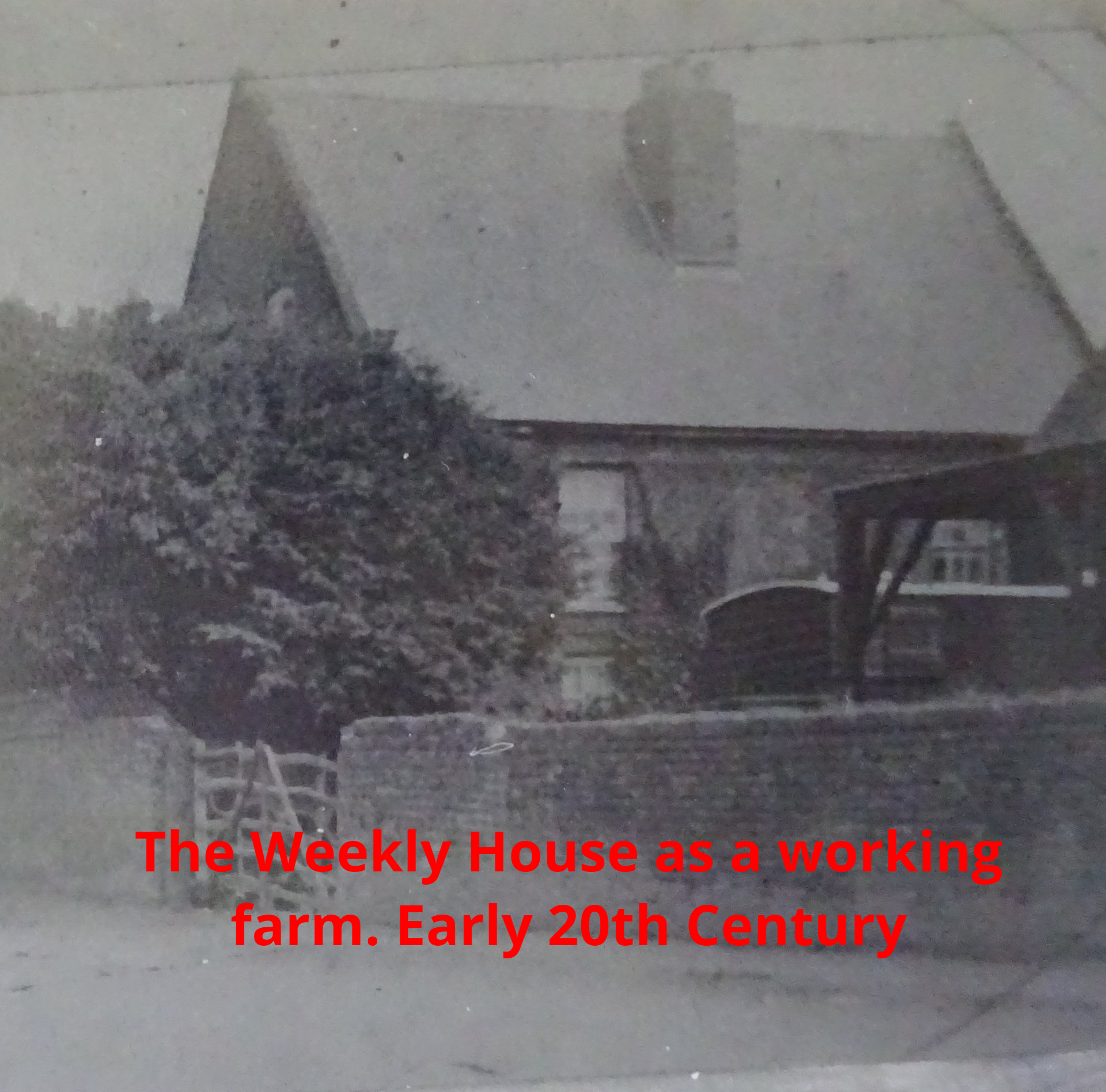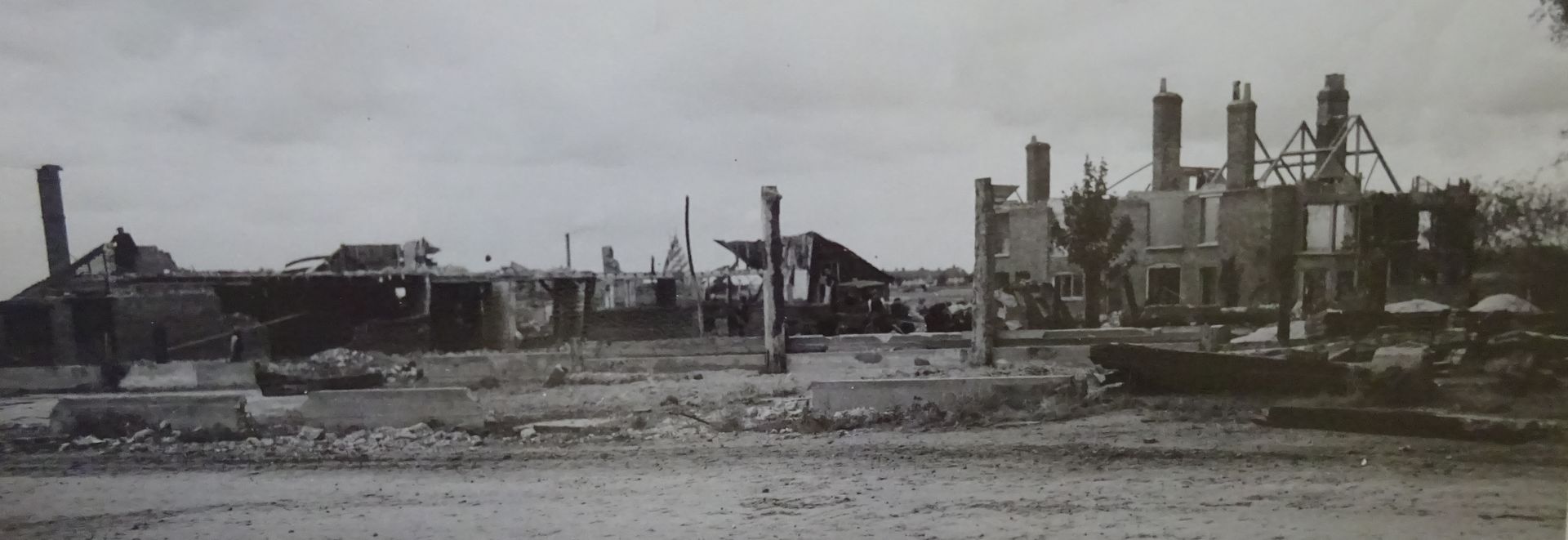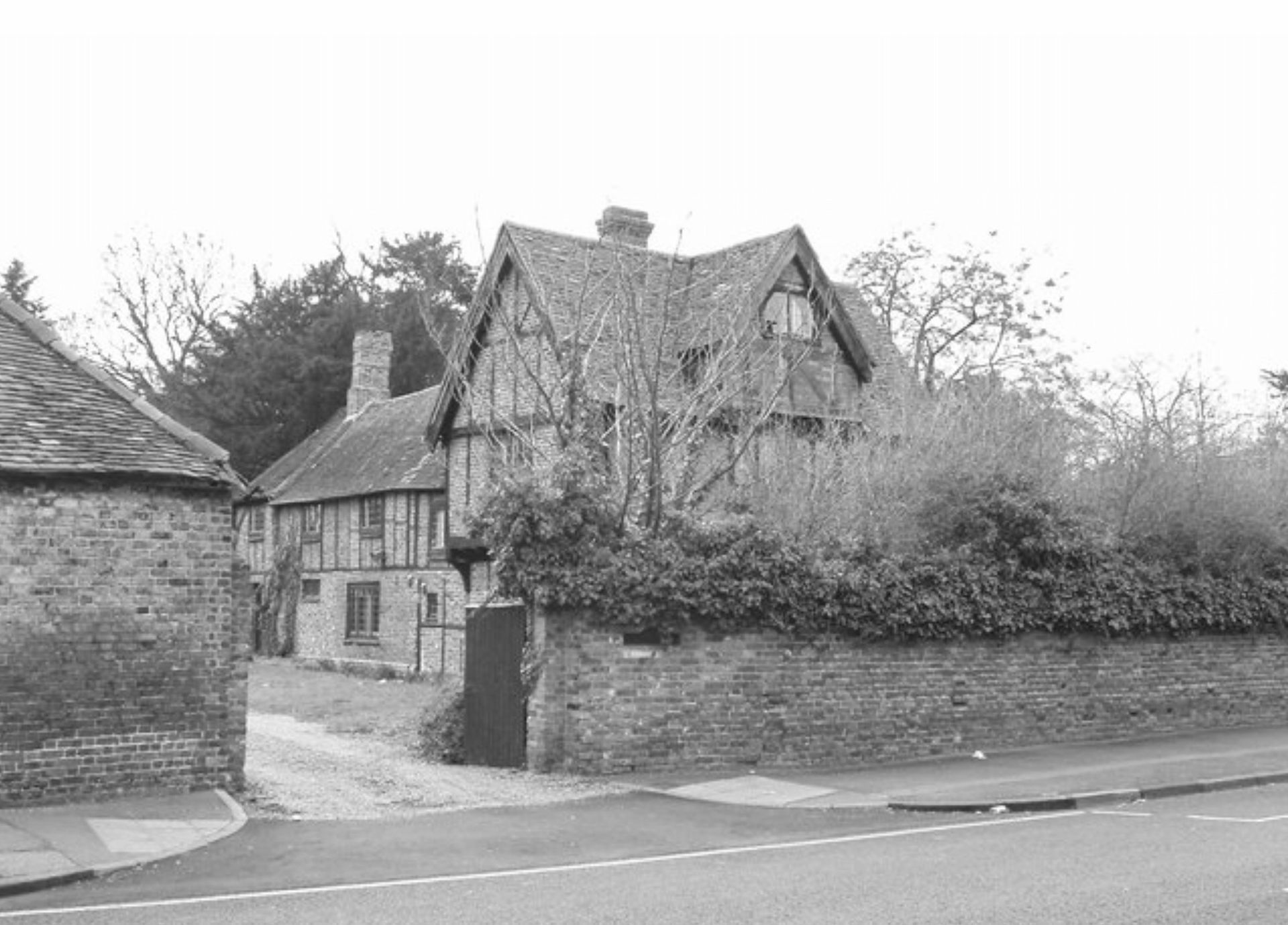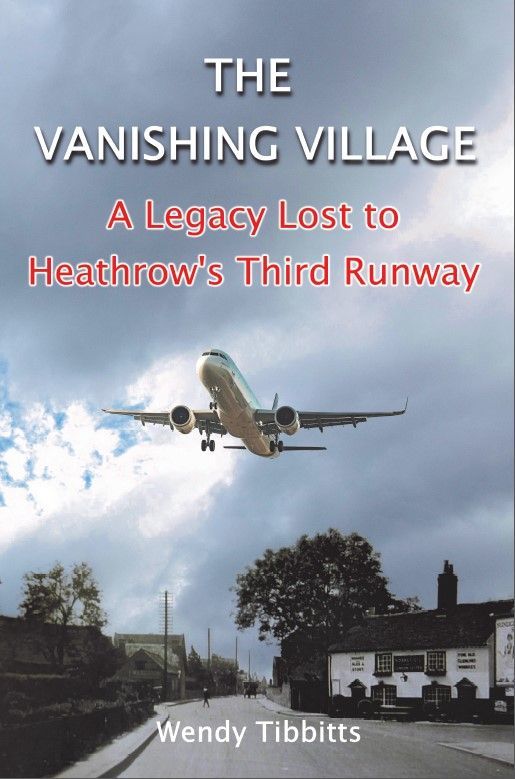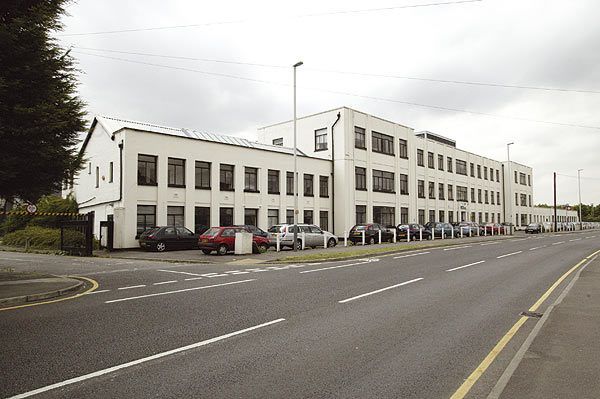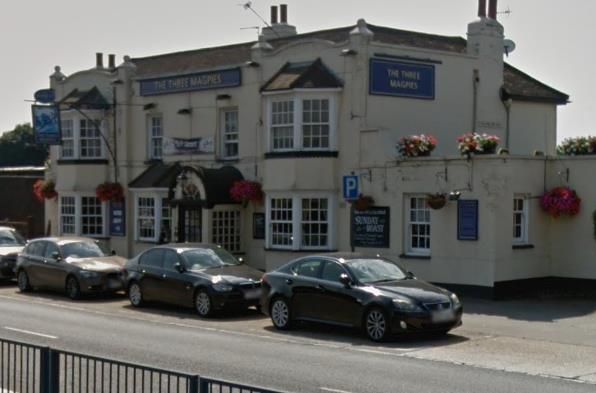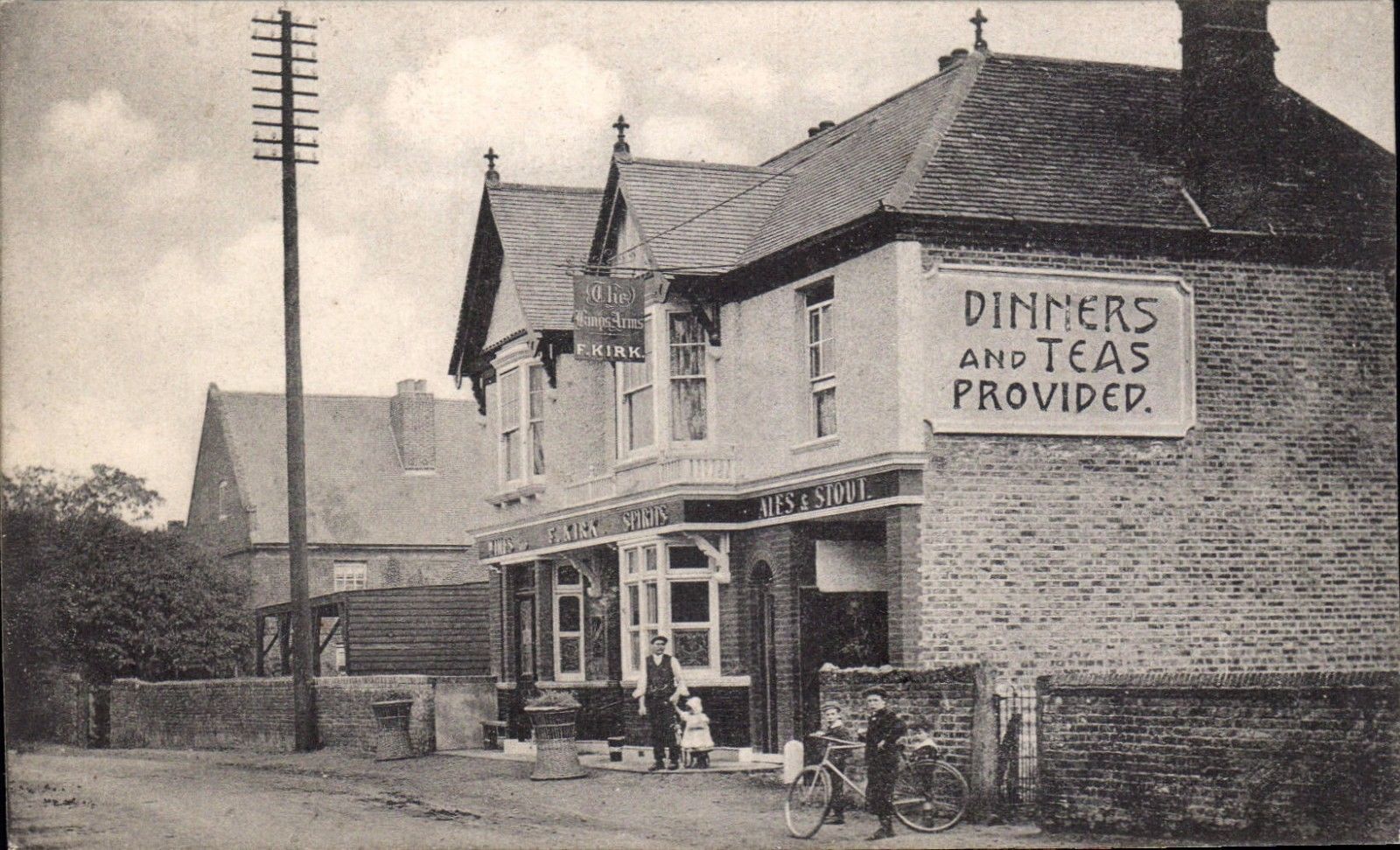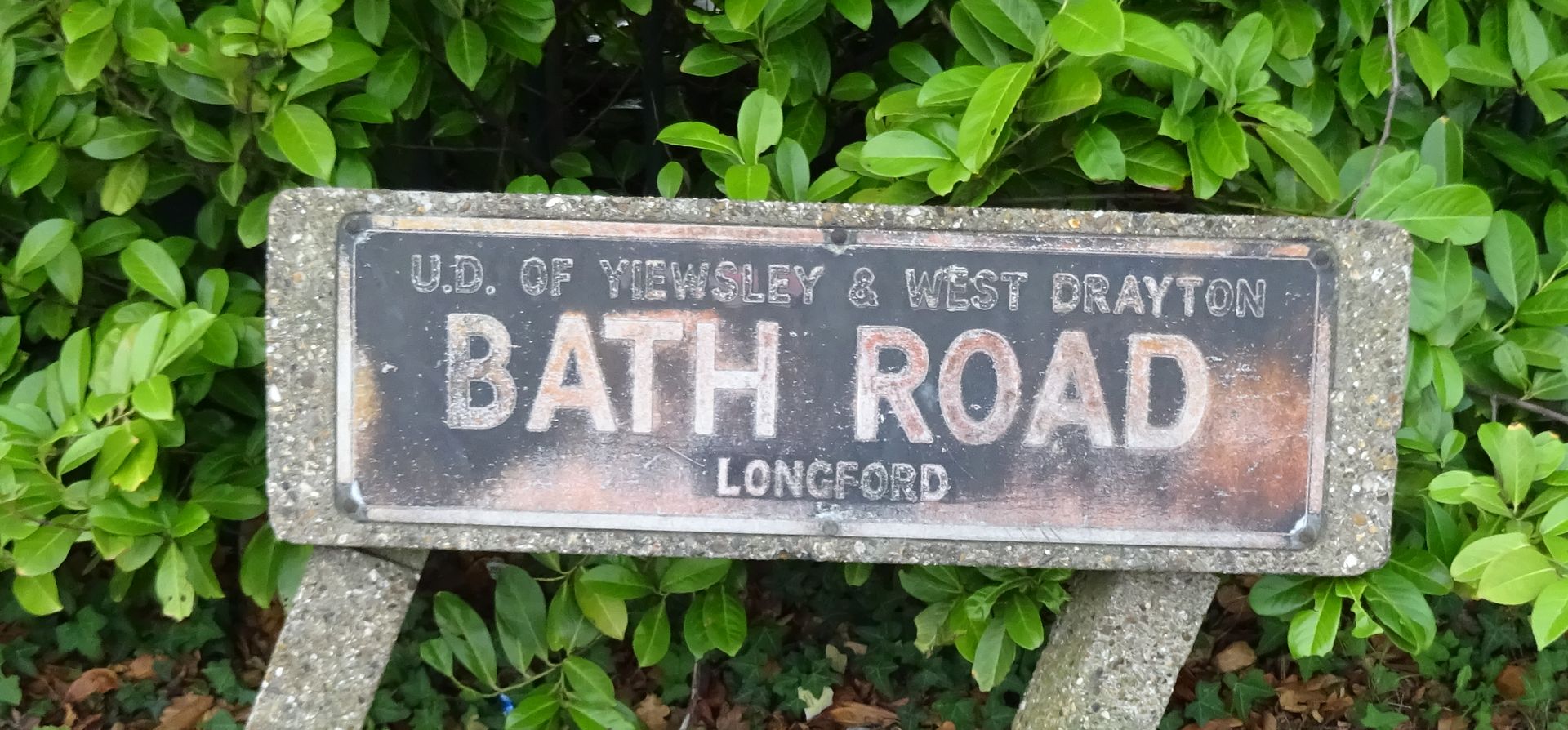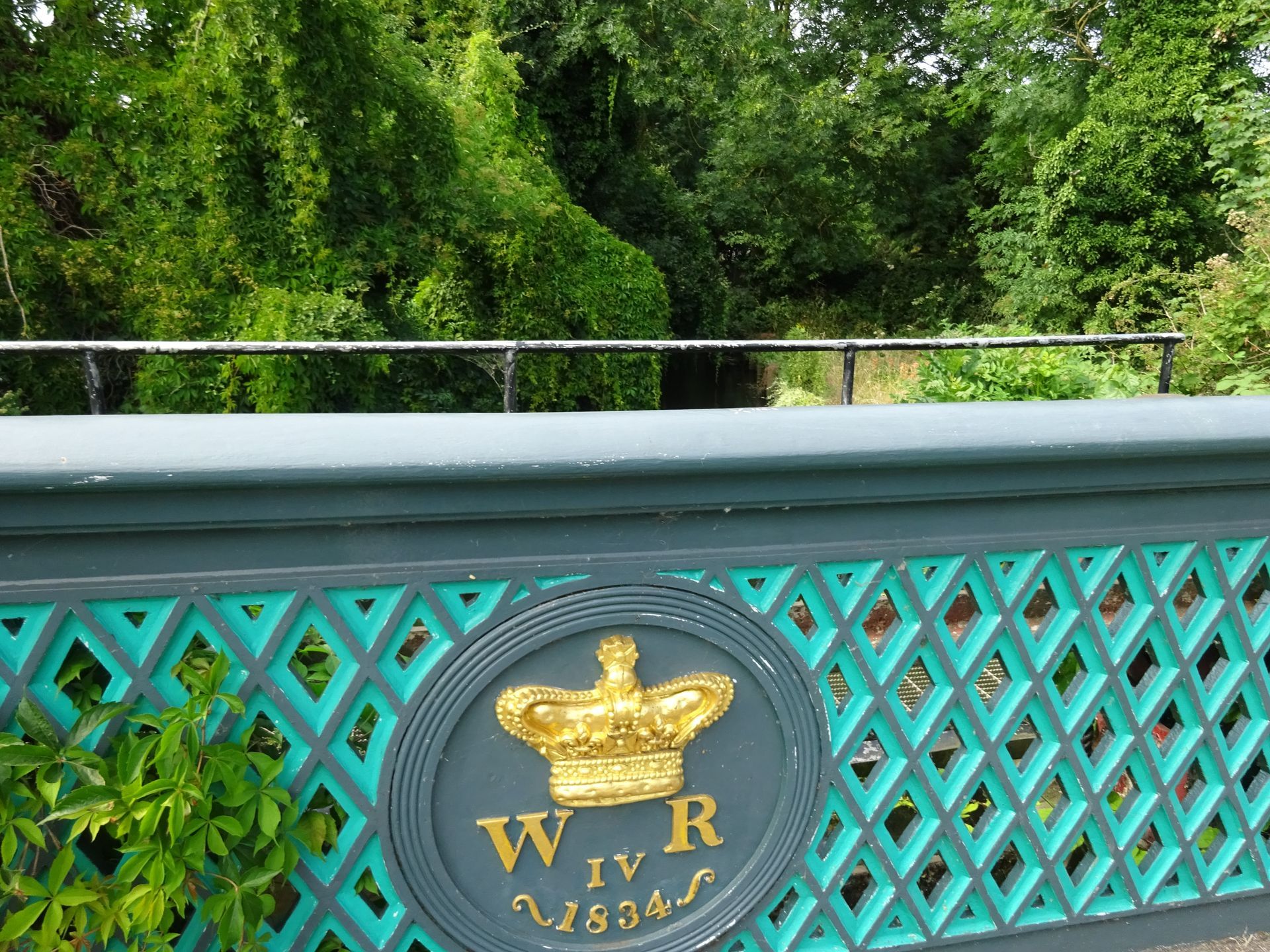Tales from Longford: The Weekly House
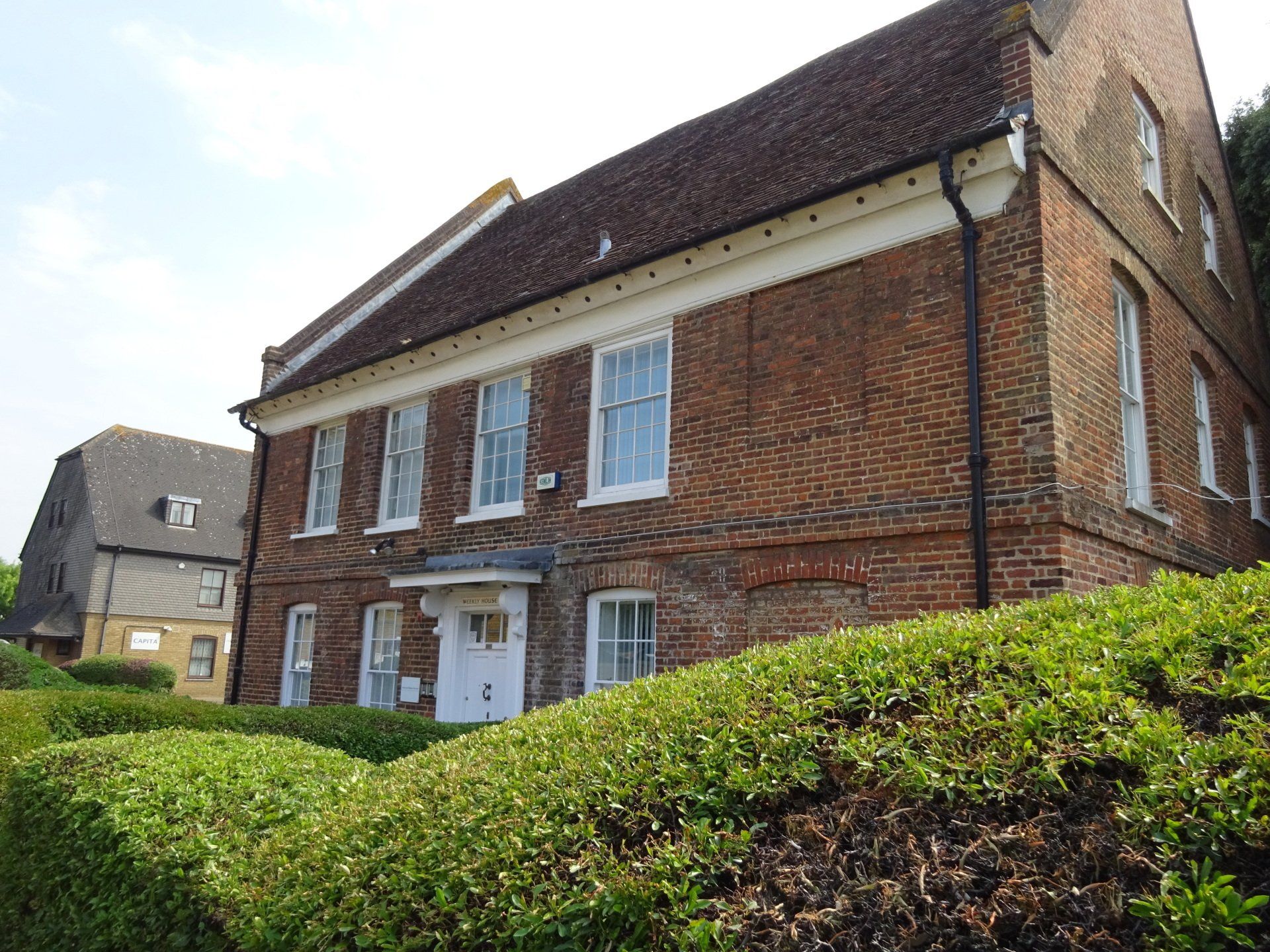
This house and the village of Longford in West Middlesex will be demolished when the third runway at Heathrow airport is built.
It had been ten years since the Great Fire of London, and Thomas Weekly, a wealthy London cloth-merchant was looking for a change in lifestyle. His ride along the Great Bath Road from his home in Westminster led him to the village of Longford, fifteen miles from London, in search of a farm that was for sale in the centre of the village. Recently married he wanted to build a home for his bride and establish himself as a farmer and maltster. As a Baptist, and a descendant of John Wycliffe, the medieval theological reformer, he was attracted to this village of non-conformists, who were now allowed to meet openly without fear of prosecution.
Thomas Weekly bought the farm and built the Weekly House as a family home. It was quite different from the timber-framed Tudor inns and houses that already existed in the village. The house was two storeys high and built of red-brick with two attic rooms, and a high pitched tiled roof. The walls were thick and the large sash windows had internal wooden shutters.
The two main rooms had huge beamed fireplaces large enough to stand-up in, with recesses in the chimney for smoking hams. These fireplaces and those of the bedrooms all connected to the central chimney. The beautiful staircase with wooden bannisters continued up to the attic on the second floor where there were two large attics rooms and a box room. On the northern side of the ground floor was a single-storey cool store room with hooks for storing hams and next to that a white washed dairy. On the eastern wall of the house was a large single-storey kitchen with a huge fireplace matching the one on the other side of the wall in the main house. As well as the kitchen, there was a boot room, log store and outside privy.
Thomas Weekly and his family, lived in this house from the end of the seventeenth century, until the last surviving Weekly died in the house in 1899. After that the house and land was inherited by their cousins, the Wilds, who occupied the house until 1940. During the war the empty building was used as an ARP Warden’s post, and also an HQ for the local Home Guard. It suffered damage to the roof in 1944 when a flying bomb landed nearby and debris hit the Weekly House. After the roof was patched up the house stood empty. All its farmland had been compulsorily requisitioned to build a war-time airport in the neighbouring hamlet of Heathrow. In 1948 the Weekly House was bought by a local resident, Christopher Challis, who set about restoring it, with the help of the local blacksmith, Tom Adams, and made it into a family home once more. It is for this reason the house has survived. The house is now an office building and the House, barn and wall are now all grade II listed structures. The barn, now overgrown and derelict, is now on the Historic England’s Heritage at Risk Register 2020.
When Thomas Weekly journeyed to Longford in 1676 he was not to know that he had founded a dynasty that continued for three centuries in the village of Longford. The family saw the village prosper and grow, and witnessed many historic events on the only road through the village, The Great Bath Road.
For the full story of the Weekly family read my book, "Longford: A Village in Limbo", which tells the story of Longford over the last three hundred years.
For a “Look Inside” option for this book go to
https://b2l.bz/WUf9dc
